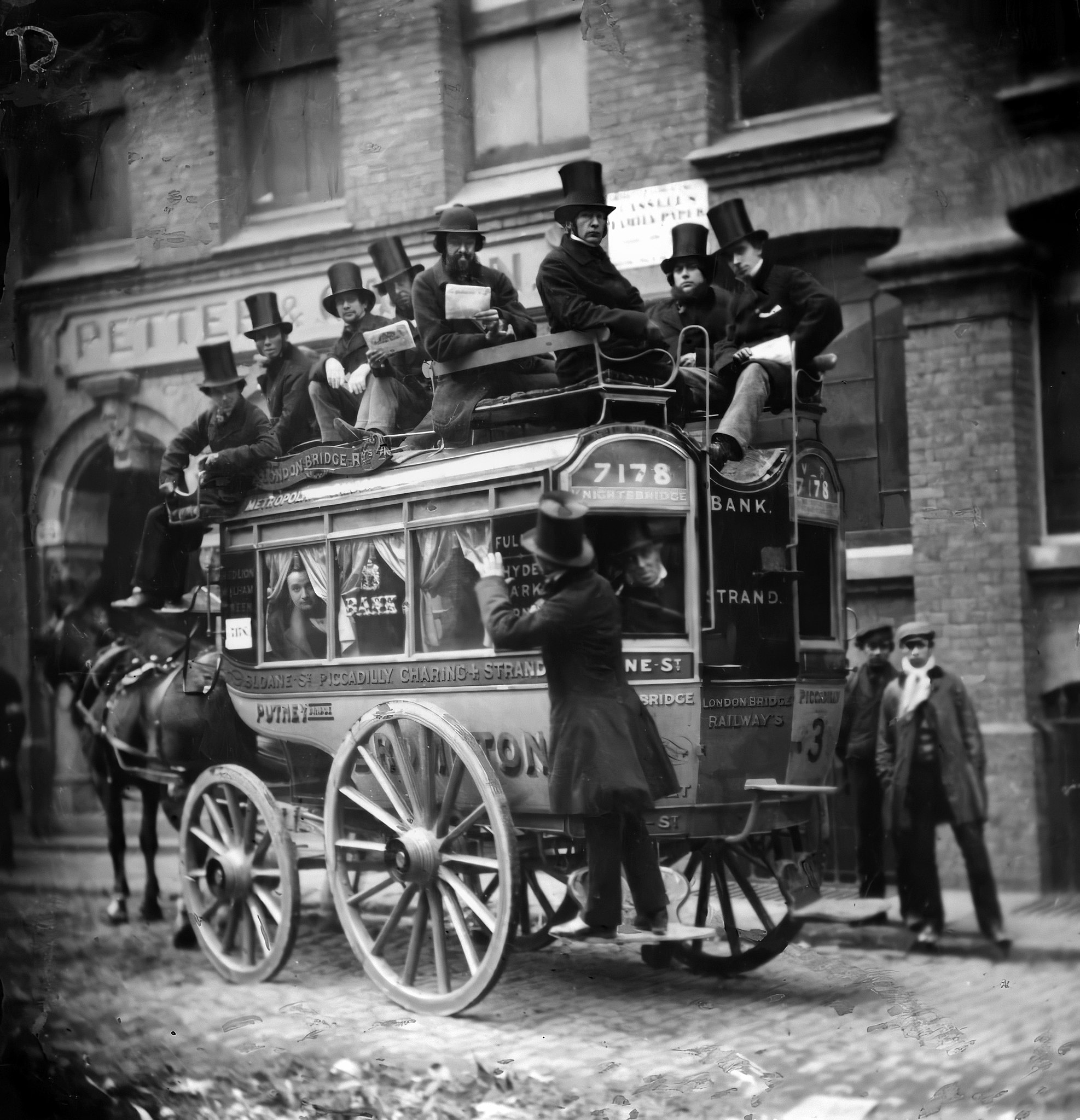The first public buses in London were horse-drawn and were introduced in 1829, when George Shillibeer introduced a 13-seater horse-drawn single-decker service between Marylebone and The Bank of England. They cost a shilling and the bus travelled at a steady rate of 12kms per hour. The operation was a great success and rival operators quickly set up similar businesses in competition. The popularity of The Great Exhibition in 1851 brought thousands of visitors to London and the public transport operators quickly recognised that they could double the seating capacity of their vehicles by placing extra seats on the roof of each bus and the “double-decker” was born.
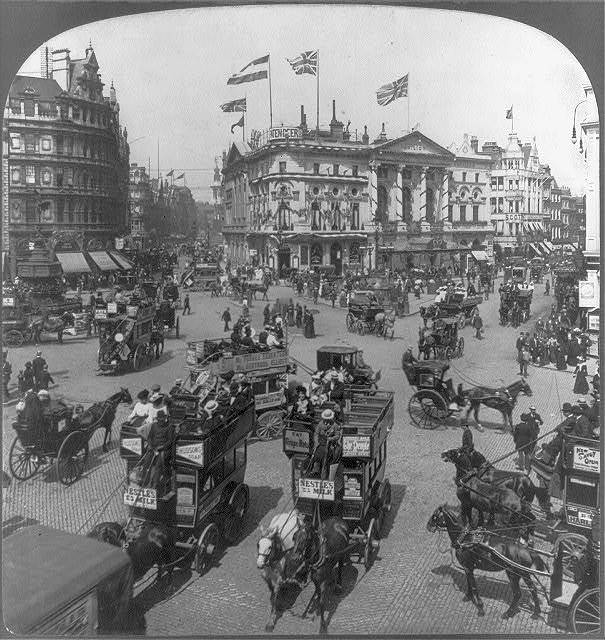
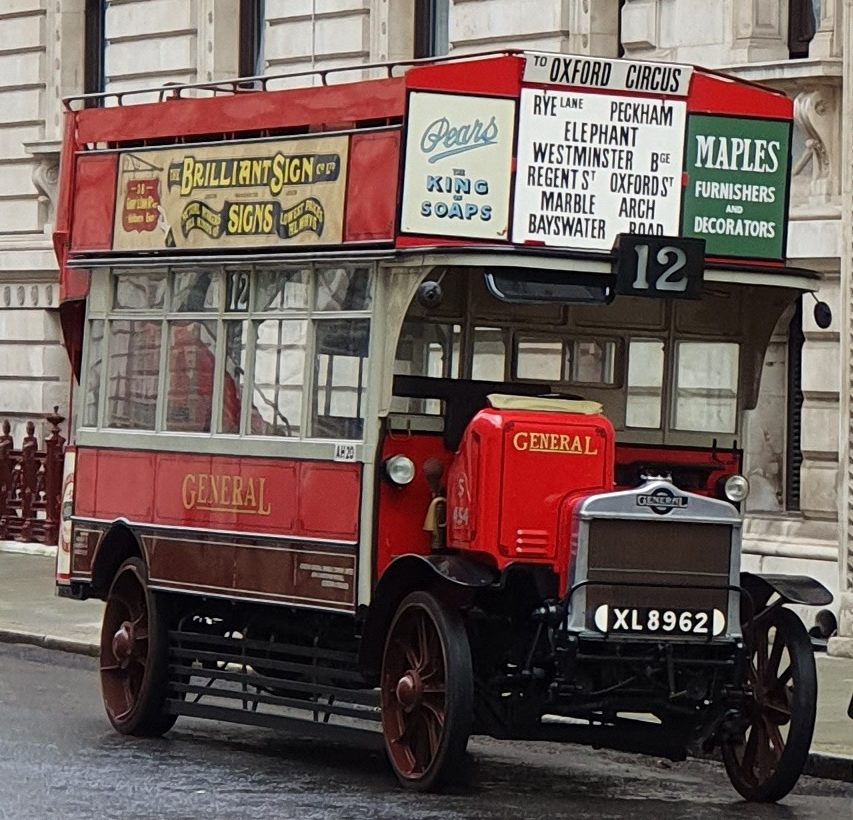
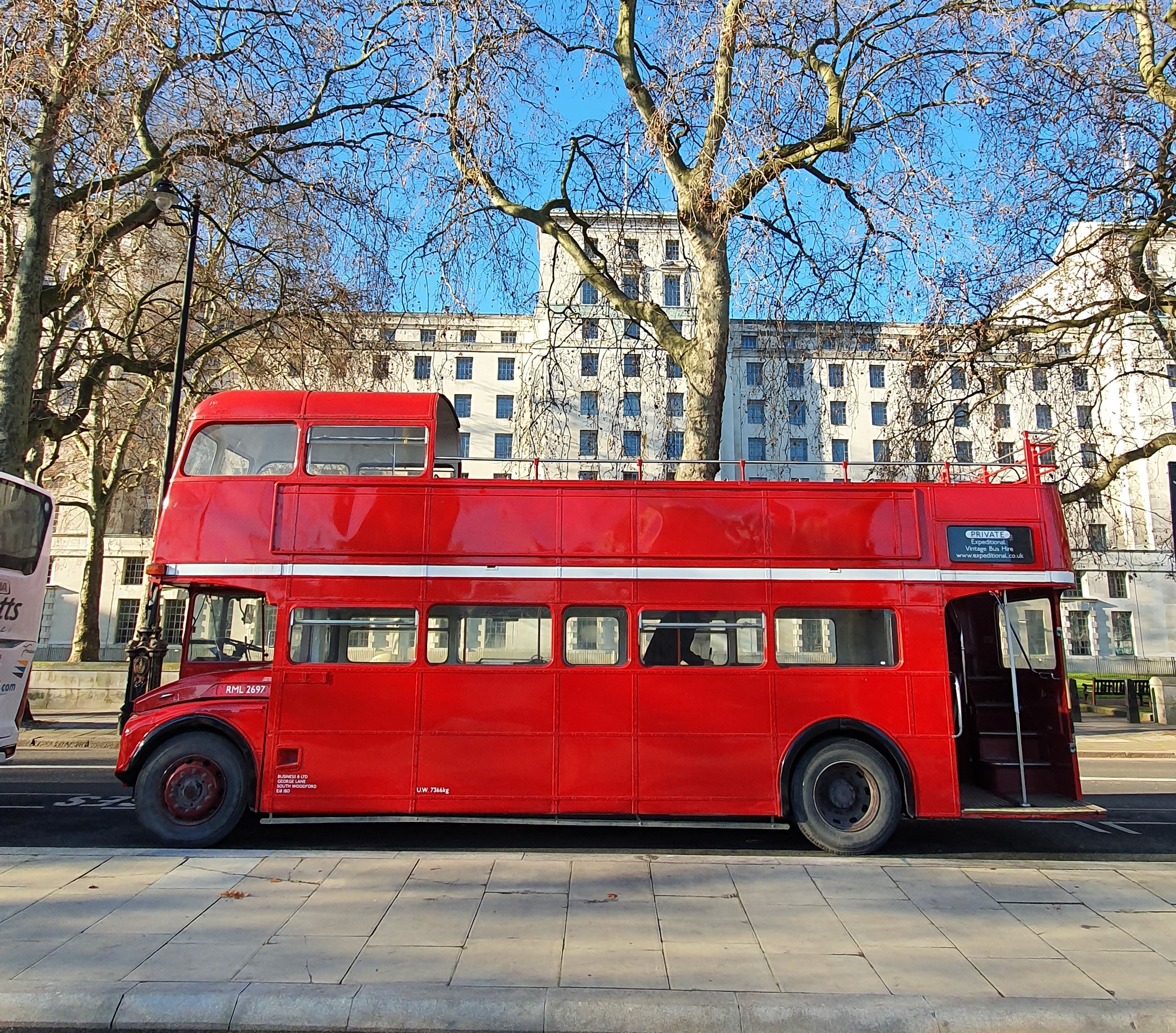
By the 1950’s, Trolley-buses, trams and war-time utility vehicles were gradually replaced by a fleet of Routemaster style buses – some of which are still working vehicles in London today. The last horse-drawn bus was in 1919. London buses used to be run by lots of different companies, each one had its own colour. By the early years of the 1900s the London General Omnibus Company had taken over most of their competition and their livery was red. The red double decker buses have remained an integral part of London’s streets ever since. Although there are many buses wrapped in branded advertising livery.
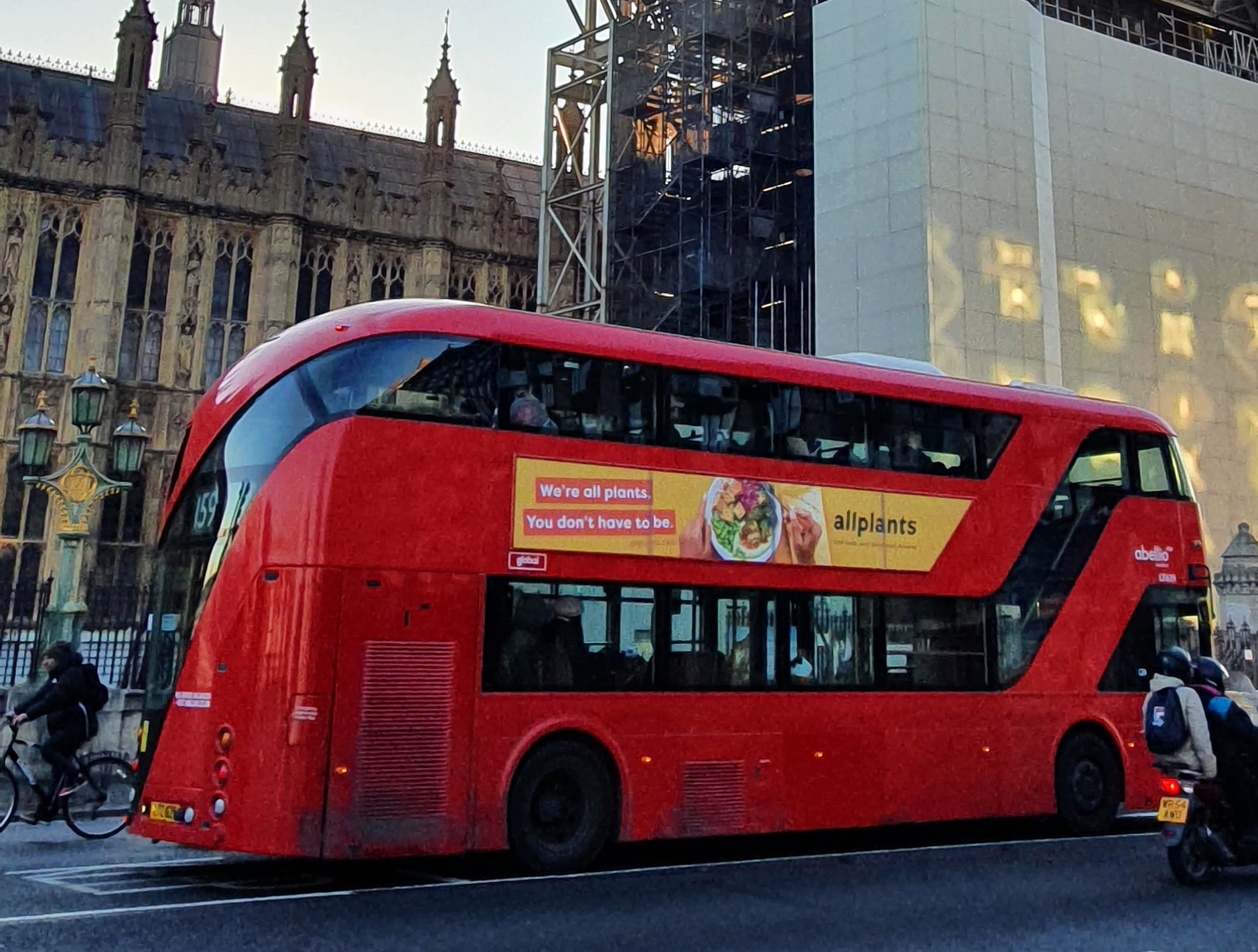
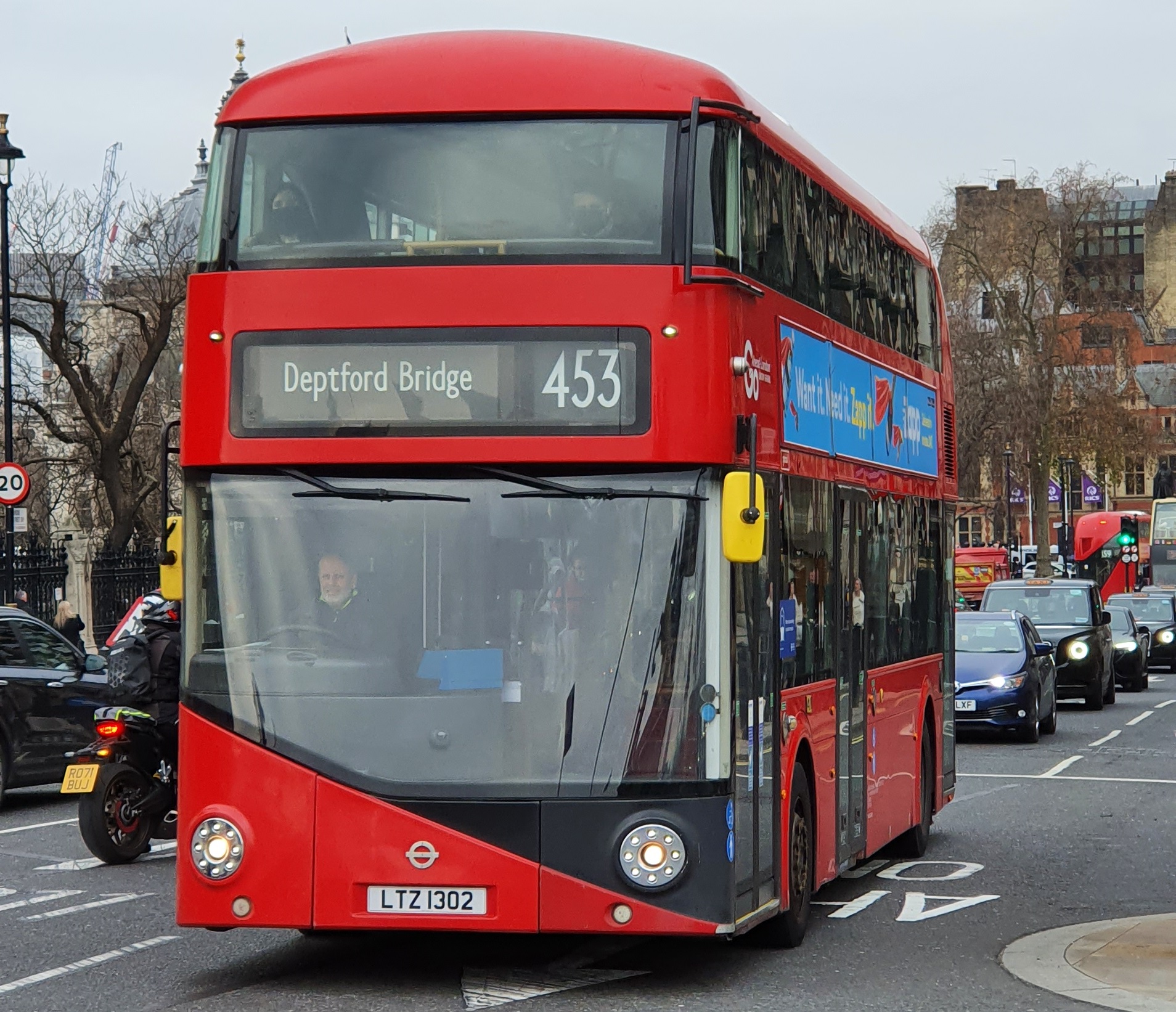
Ever since the old pea-soupers, (very thick polluted fogs), London has been very concerned with protecting our air. All London buses have low emission engines and some have hybrid engines; in 2010 hydrogen powered single decker buses were introduced; in 2016 the first fully electric bus routes were announced; and at the end of 2016 the world’s first hydrogen powered double decker bus was unveiled by Mayor Sadiq Khan at City Hall.
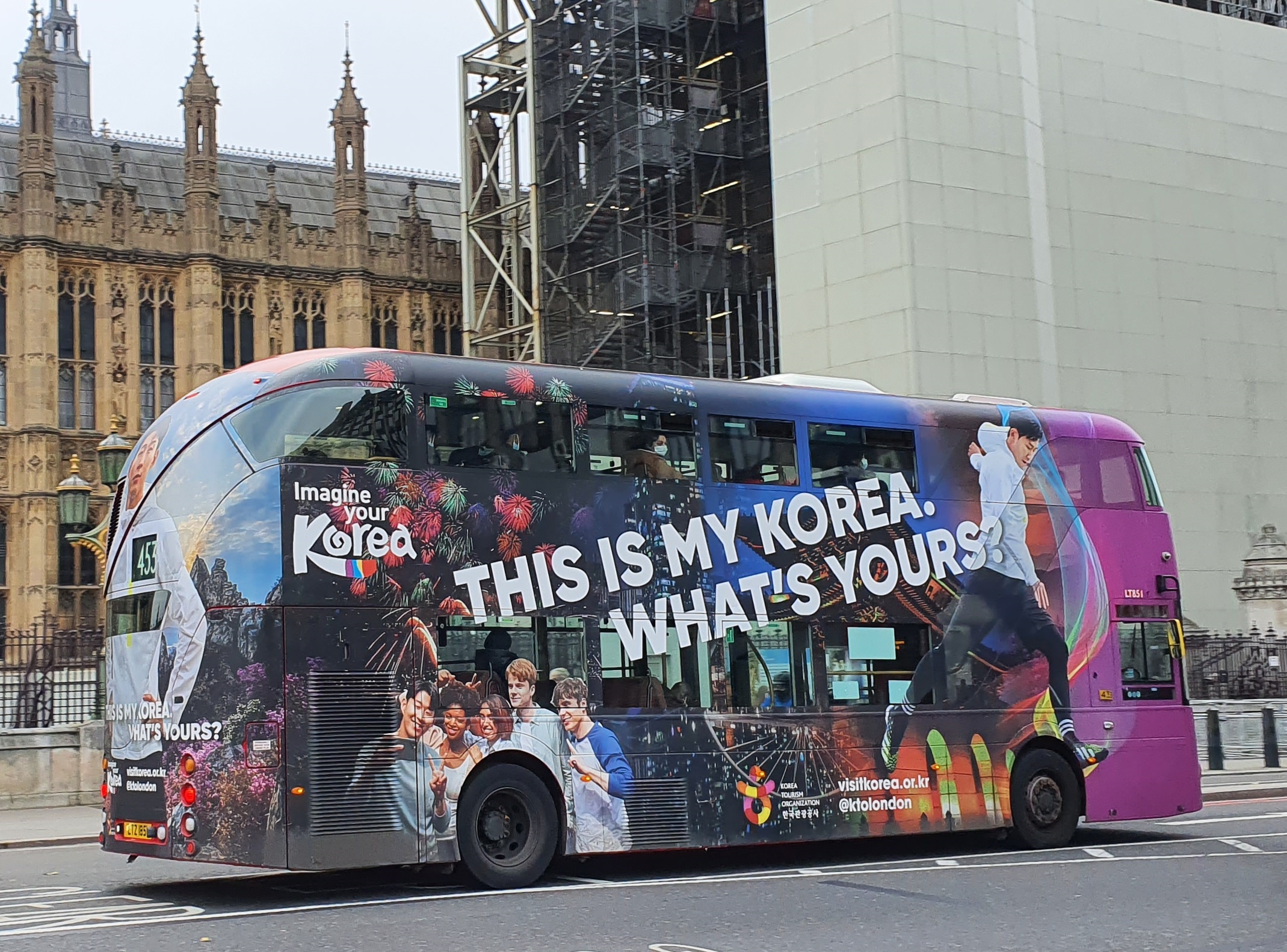
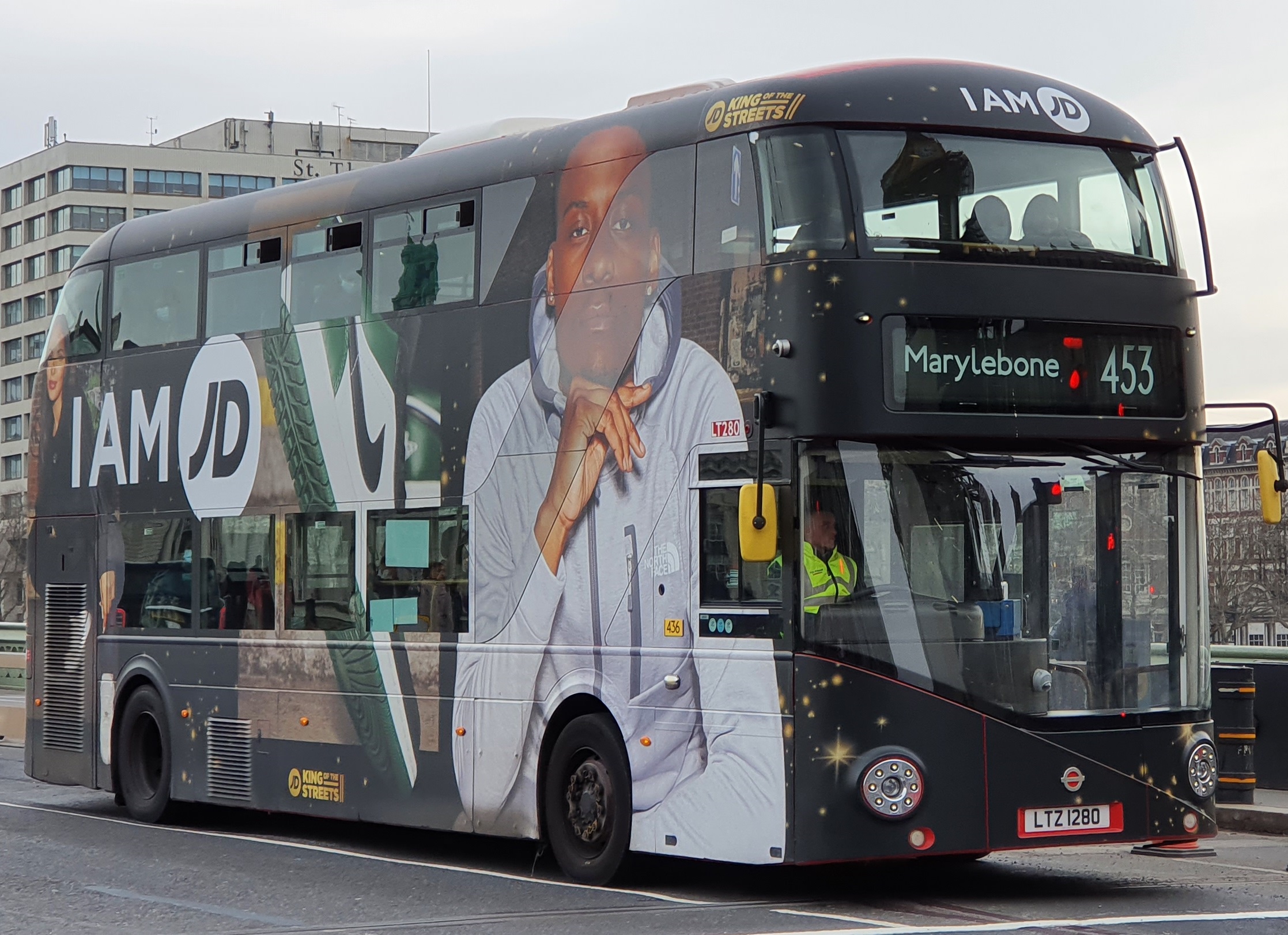
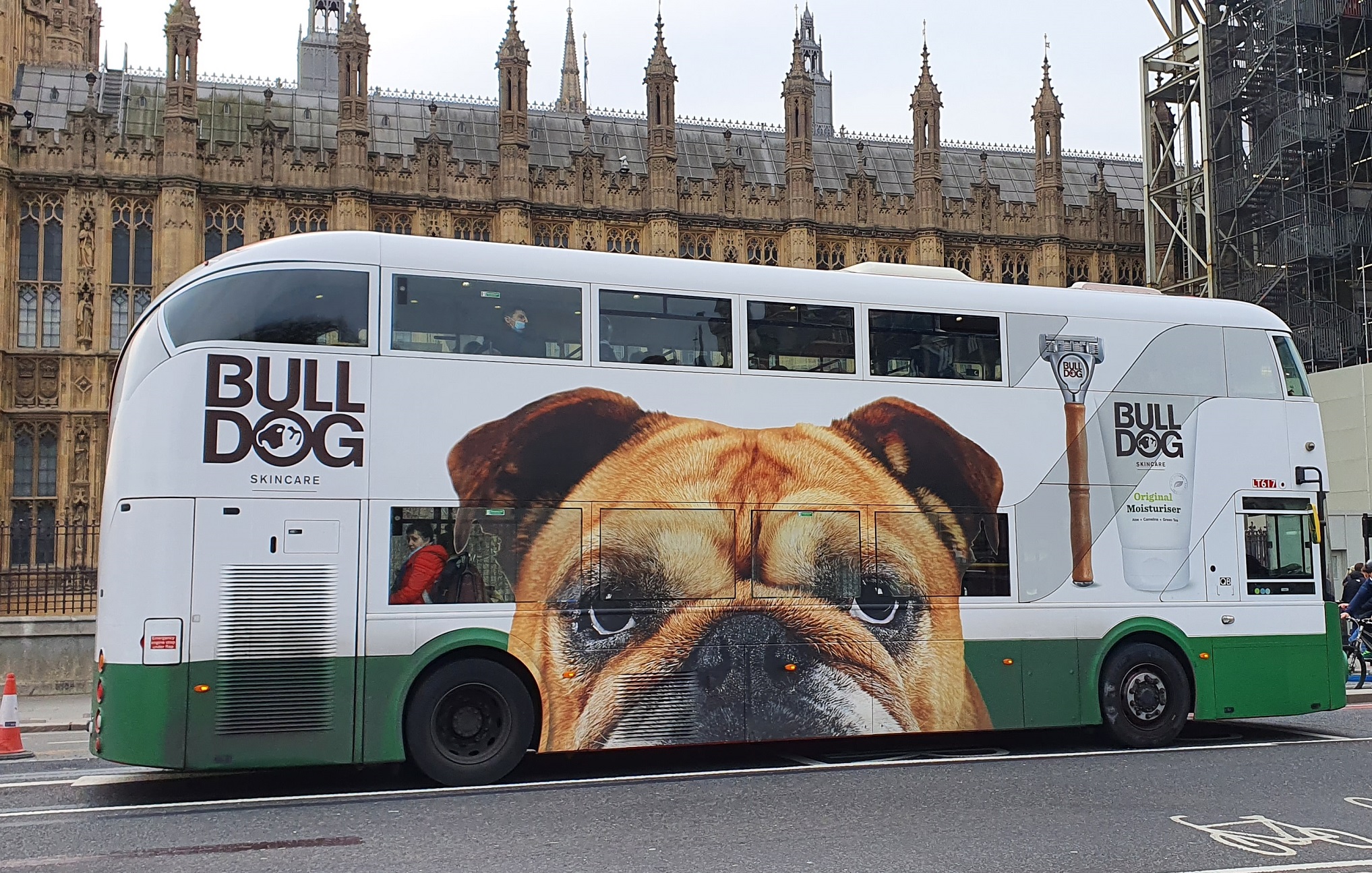
Today, millions of people use public buses to get about in London. However, a more fun way to enjoy London and its historic sites, is to travel on an open top tour bus. There are various options from panoramic non-stop tours, hop on hop off bus tours, afternoon tea buses and even ghost bus tours.
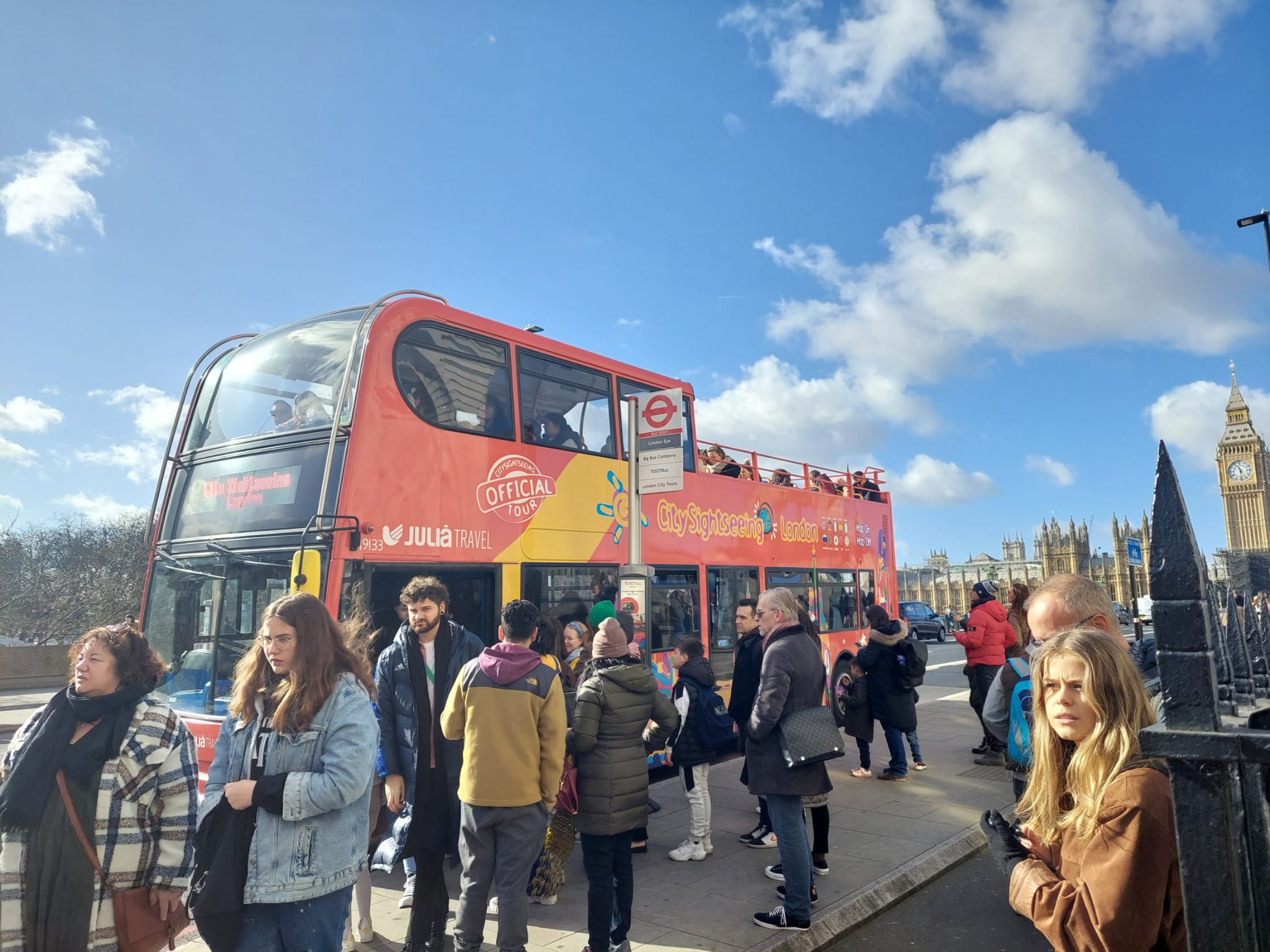
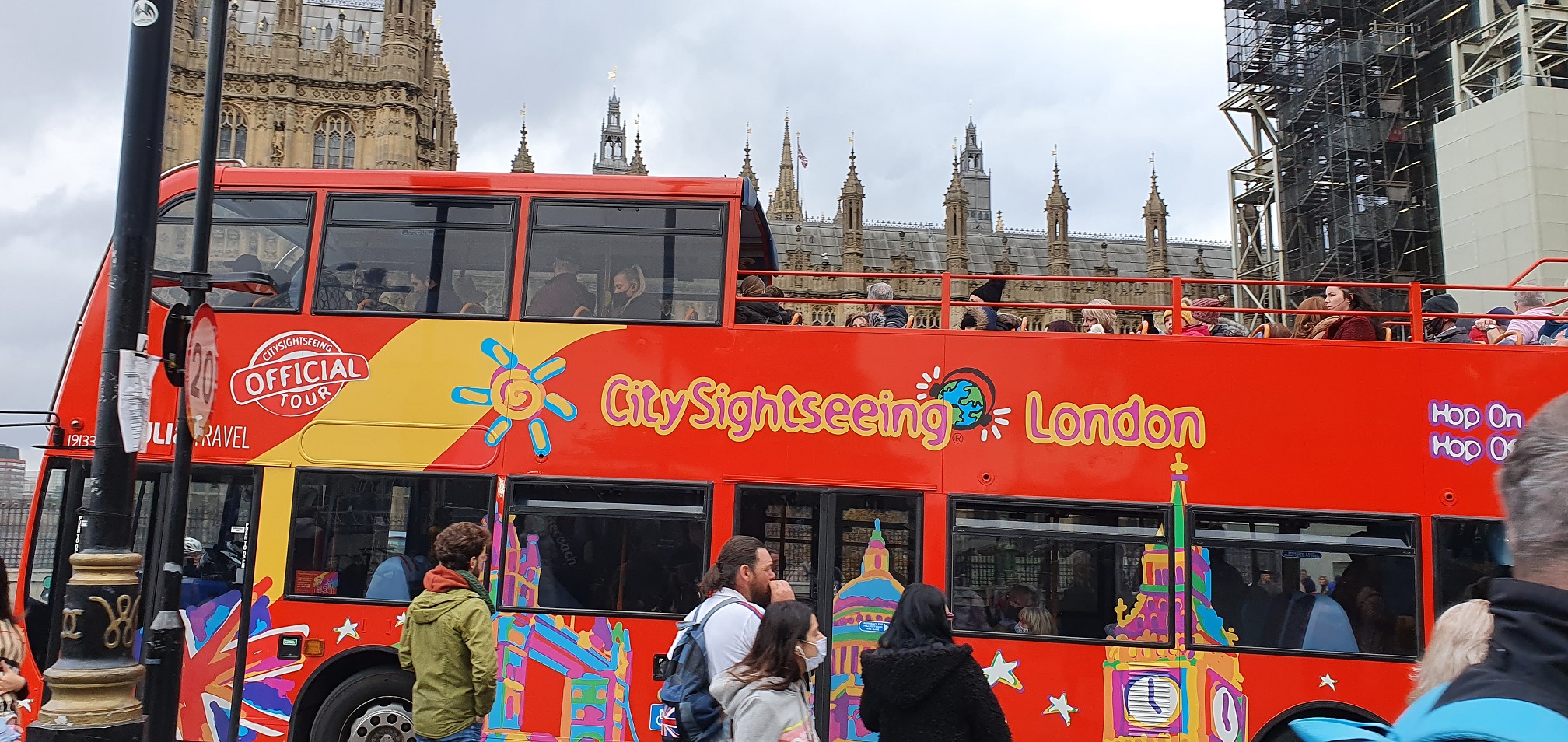
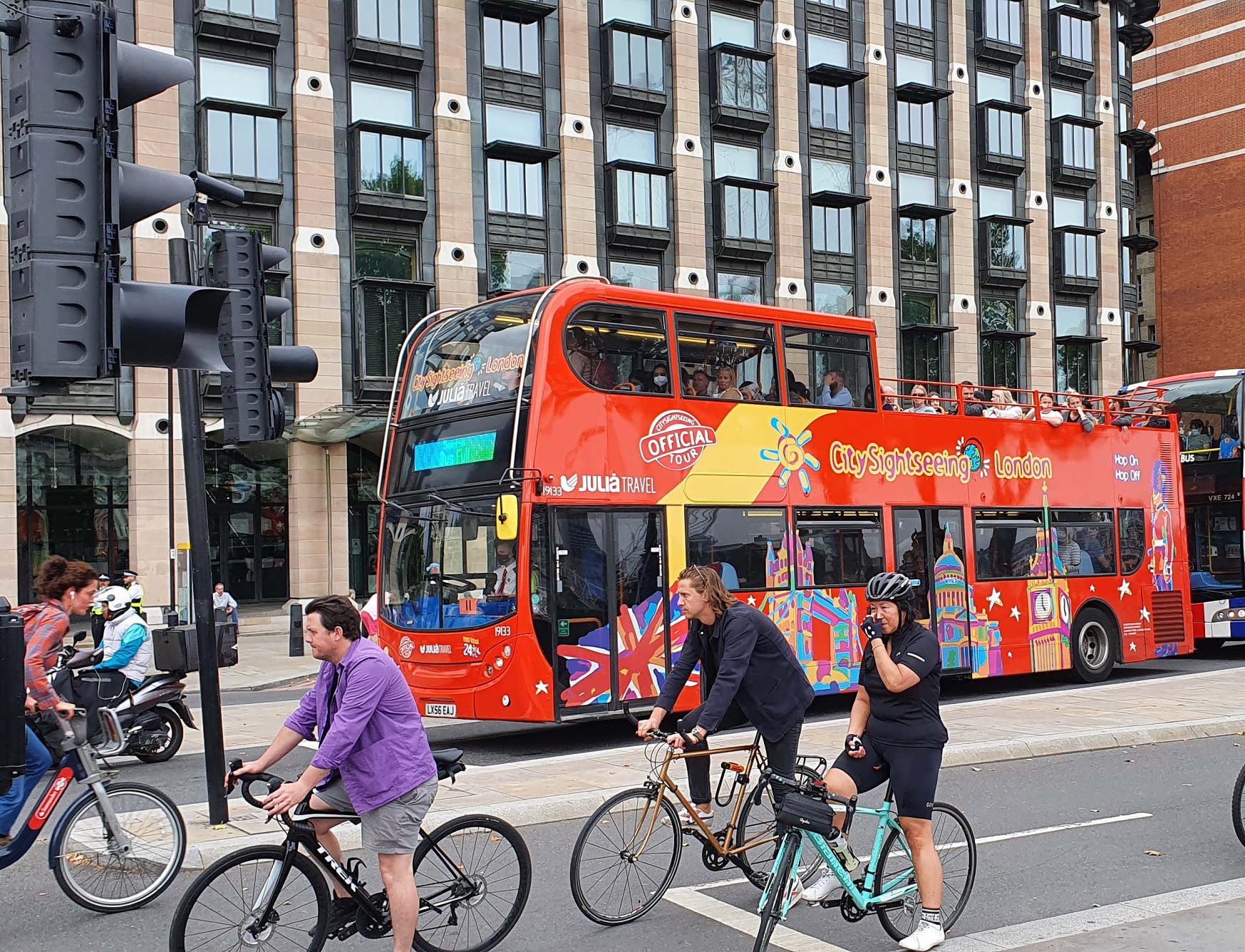
London’s Traffic
Travelling around London has always been a problem. Hundreds of years ago when travelling between the City of London and the City of Westminster the dusty country roads were unpleasant and dangerous so many people preferred to travel by the river Thames, delighting the Watermen who provided a taxi service. An actor called Thomas Doggett relied so much on the watermen that he created a river race in their honour in 1715 and it is now the oldest annual fixture in the UK sporting calendar. Unfortunately the river was also used as a sewer so it wasn’t long before Londoners decided that even the road was preferable to the stench. London’s roads were already choked with horse-drawn traffic and with herds of livestock and poultry being walked to London’s markets so the roads only smelled marginally better than the river.
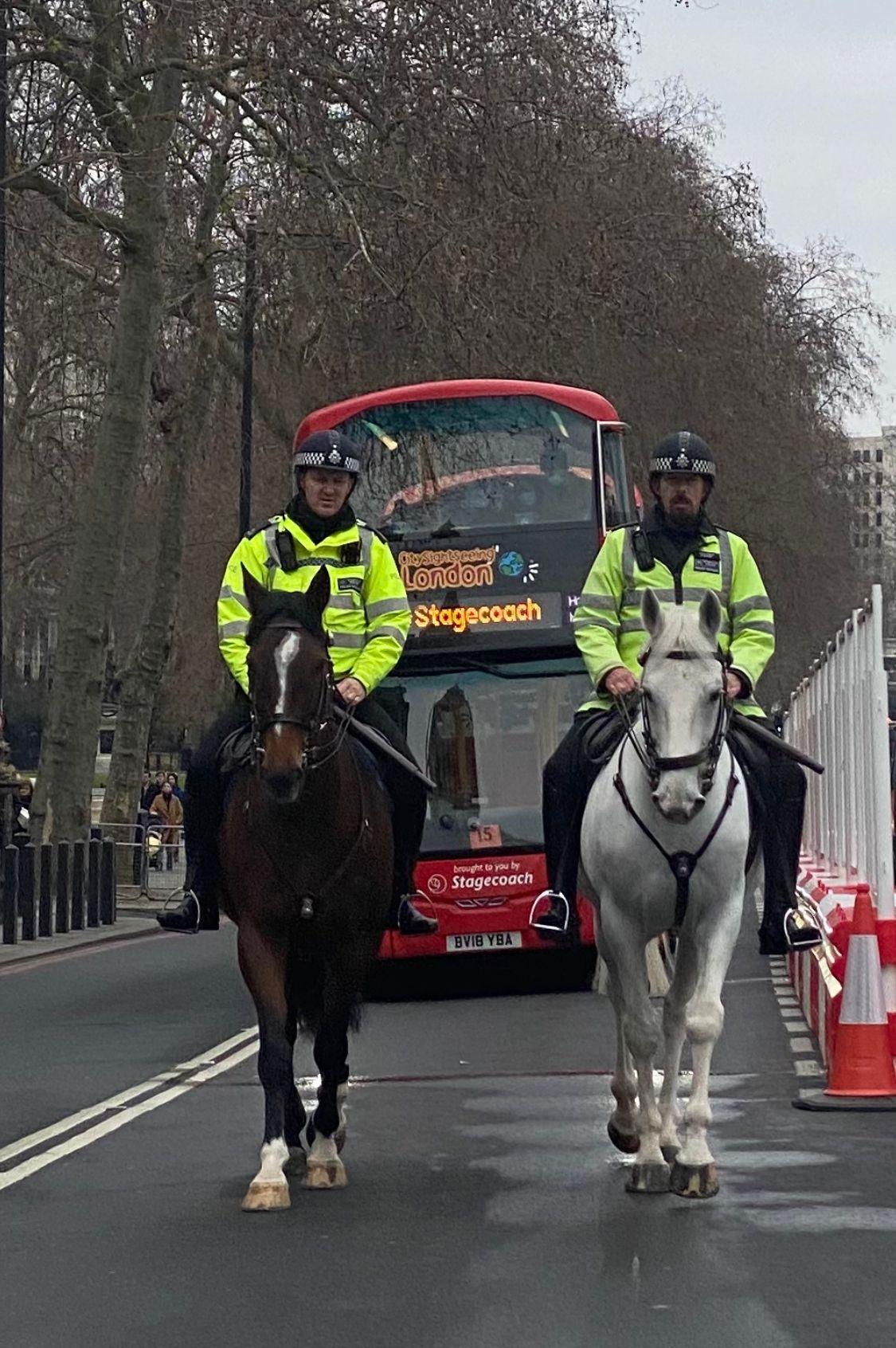
When London buses hit the roads in 1829, the first horse drawn buses took 40 minutes to complete an 8km journey with an average speed of 12 kph. With advances in technology, brand new roads and motorised vehicles the average speed in London is now…..12kph! But there are many more Londoners now than there were in 1829 and a lot more buses. While we do see traffic jams sometimes in London today, we might perhaps be grateful that we didn’t live in 1749, when a fireworks display on Green Park caused a three hour traffic jam.

